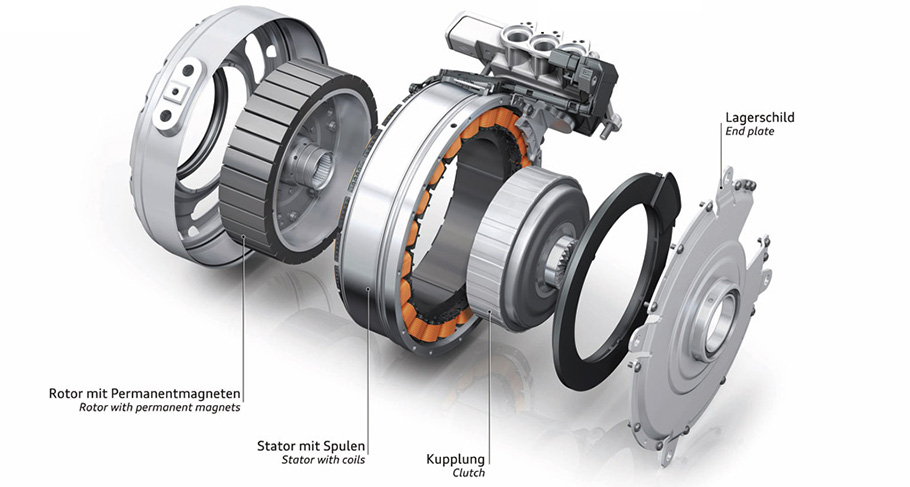Safety and reliability in the development and application of permanent magnet synchronous motor elevators.
Permanent magnet synchronous motors have been developed and applied in elevator design and production, which greatly improves the safety and reliability of elevator traction systems. When the brake of the traction machine fails or other faults cause the elevator to slip up and even run quickly, it has a safety protection function, which meets the requirements of my country’s technical standard GB7588-2003 (Safety Specification for Elevator Manufacturing and Installation) 9.10 “Elevator Upward Overspeed Protection Device”. In an elevator using a permanent magnet synchronous traction motor, when the TV stops working, the motor’s armature winding is short-circuited (or serialized).

Safety and reliability in the development and application of permanent magnet synchronous motor elevators.
Permanent magnet synchronous motor has been developed and applied in elevator design and production, which greatly improves the safety and reliability of elevator traction system. When the brake of the traction machine fails or other faults cause the elevator to slip up and even run quickly, it has a safety protection function, which meets the requirements of my country’s technical standard GB7588-2003 (Safety Specification for Elevator Manufacturing and Installation) 9.10 “Elevator Upward Overspeed Protection Device”. In an elevator using a permanent magnet synchronous traction motor, when the TV stops working, the motor’s armature winding is short-circuited (or short-circuited after an adjustable resistor is connected in series). When an overspeed (whether rising or falling) fault occurs, the control system detects the overspeed signal, immediately cuts off the power supply circuit of the controller, and short-circuits the motor’s armature winding (or an adjustable resistor in series). At this time, the static winding cuts off the magnetic field generated by the rotating permanent magnet, and induces an electromotive force, which generates a current in the closed armature winding circuit, and generates torque under the action of the magnetic field, trying to drive the armature winding to rotate together with the magnetic pole. At the same time, the torque reaction torque acts on the rotor poles, trying to stop the rotor together with the stator armature winding, which is a kind of braking torque. This process is similar to the dynamic braking of DC motors, so as to achieve anti-fall and runaway prevention (the braking torque can be adjusted by resistance to control the running speed). The interaction of the permanent magnet and the closed armature winding produces a non-contact two-way protection of self-closing at parking, which greatly increases the safety and reliability of the elevator, especially reduces the safety wedge of various high-speed elevators. Damaged belts at high speeds security risks.
Post time: Mar-14-2022